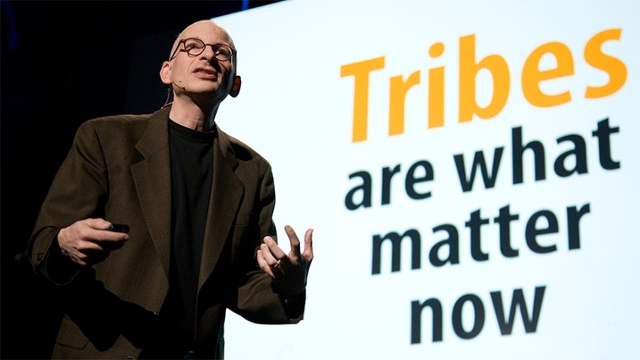Tribal Marketing, Market Research and The Long View

While we live in a fast-paced, technology-driven information age, the way we connect with one another hasn’t changed much from how our ancestors did it by preferring to belong to groups. In fact, we’re hard-wired to arrange ourselves into tribes. This sense of belonging is what makes us human.
Seth Godin famously wrote, “A tribe is a group of people connected to one another, connected to a leader, and connected to an idea. For millions of years, human beings have been part of one tribe or another. A group needs only two things to be a tribe: a shared interest and a way to communicate.”
Looking back, tribes helped us survive. Today, tribes are groups of people who share similar social pursuits. If someone enjoys cats, fanboys over Star Wars or binge watches Game of Thrones, then they’re part of a tribe. The potential for niche social groups is enormous.
While there’s an infinite number of tribes connecting on the internet, the way they behave is primed for strong, positive leadership. Godin phrases the opportunity for brands this way, “The secret of leadership is simple: Do what you believe in. Paint a picture of the future. Go there. People will follow.” This is how marketers can engage and lead these tribes.
To capitalize on this idea, look beyond demographic boundaries and examine your audience by looking at their cultural attributes—instead of focusing first on numbers. Technologies like the internet and social media have created vast, generationally-shared experiences that can be identified with a little digging.
So, connecting with a tribe means recognizing its social mindset. Begin by identifying your niche and defining your brand position. Doing this will lead to a better understanding about:
What are people doing?
How are they doing it?
With whom are they sharing it?
How often? When? Where?
If you start to think about these consumers as tribes, and consider their social activities, you’ll have the knowledge you need to create content you need to position your brand as a leader when engaging your tribe. This is how relevant videos, social media posts, newsletters and blogs come into play.
In sharing content with your tribe this way, marketers can build a targeted, loyal audience that gives the brand permission to market to them.
In summary, find a disconnect, then, provide value by leading others in need of connection or leadership. Set the standard instead of following. If you’re interested in learning more about how a long term tribal marketing strategy could help your organization gain better consumer insights to grow your brand, then contact us at Connexion Research to learn more.

